 Do you ever lose control over your shopping? Or do you ever wish you hadn’t bought something? Here’s the actionable guide on how to become a smart and frugal shopper.
Do you ever lose control over your shopping? Or do you ever wish you hadn’t bought something? Here’s the actionable guide on how to become a smart and frugal shopper.
1. Maintain Daily, Weekly and Monthly Shopping Lists
Saving money requires strategy, and having a shopping list is a pertinent step in your strategy. Taking a shopping list to the store helps prevent buying useless junk. If you go in with a definite idea of what you need, not what you want, then you are more likely to be able to discipline yourself to stick to your list.
Professional budgeters suggest making your grocery list according to the layout of the store, to avoid “danger” areas, like the junk food aisles.
2. Pay in Cash

Making purchases with cash makes it easier to be realistic about how much you can spend. Credit cards allow you to fool yourself into thinking you have more money than you actually do. Budgeting gurus advise consumers to freeze their credit cards in a huge block of ice, so you will only use it in the case of real need.
The idea of picking a huge block of ice or melting it with a hair dryer might be all the incentive you need to leave that card alone and wait until you actually have the cash to buy what you want.
3. Avoid Payday Shopping

Again, this is a matter of psychology. If you go into a store having just cashed your paycheck, it is easy to tell yourself you have plenty of money. You were, after all just rewarded for your hard work. Surely you have earned the right to splurge a little, right? Of course, twelve days from now, when you don’t have enough money for gas and payday is still two days away, those little treats you bought yourself won’t seem so important. Yet, you will manage to forget starving the last two days when you get the next paycheck, and the cycle starts all over again
4. Eat Before Going Shopping
Diet advisors have been saying for years shopping when hungry makes you more likely to buy junk food and other items you don’t need, just because our brain is telling your stomach you need food, so you buy everything that looks good. If you go grocery shopping after just eating a meal, you will likely be full, and will not even have the desire to be in the store very long. You will be more inclined to get just what you need and leave.
5. Store Money in Several Envelopes

Keeping your money arranged in categories helps you keep track of how much money you are spending in each area of living. It also helps you to stick to a goal of spending no more than a set amount on anything one thing. Keeping your money in large denominations also helps prevent you from spending a dollar here and there, which definitely adds up over time.
6. Try to Stick to Familiar Stores
Walking around aimlessly in a store allows you to chance walking by all those yummy things you know you shouldn’t have. If you shop in places where you know the lay of the land, so to speak, you are better able to control your impulses by avoiding areas where “danger” items are.
7. Never Buy Anything in the Checkout Line
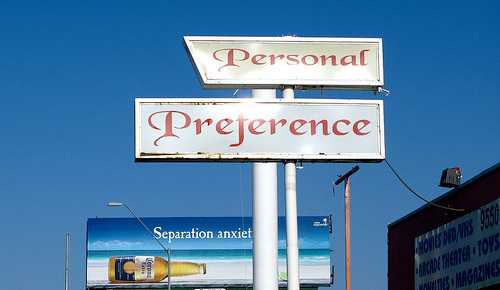
The checkout is notorious for drawing in the impulse buyer. Magazine headlines scream at you to try the ABSOLUTE BEST diet ever, and Brangelina are forever snagging your eye in those sensational tabloid photos. Retailers also know all the bright, colorful things in the checkout line will catch your attention simply because you are bored.
The next time you are waiting for the woman with five months worth of groceries in line in front of you, tell yourself that no, you do not need a credit-card sized pack of handi-wipes or a wind-proof lighter, or that irresistible combination keychain/snow shovel/blood pressure monitor.
8. Never Buy Anything Just for the Sake of Using a Coupon/Deal:
Coupons are a great way to save money, but only if they are saving money on stuff you actually need. “Saving money” on something you did not really need in the first place does not constitute saving money, no matter how much you try to tell yourself so. There is the old joke about the woman who comes home from shopping with bookoodles of clothes and junk, and tells her husband that everything was on sale, so they actually saved money. This is a tried-and-true tactic of marketing … people will buy things just because they are told it is a good deal and they need it.
9. Be aware of Common Tricks
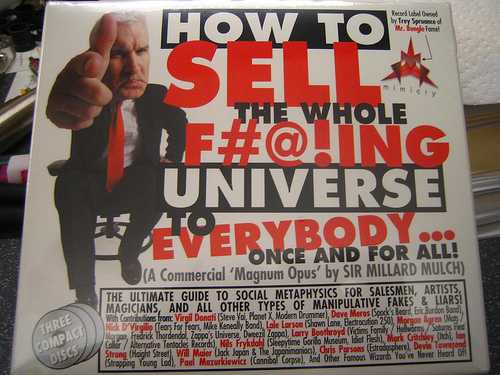
Gone are the days when subliminal messages enticed us to the concession stand at the movie theater. Marketers and retailers still use the powers of suggestion, however. The packaging and marketing of a product is the most expensive cost of the product to the retailer, so realize that when you pay for high-end items, you are usually either paying for the name or the fancy packaging. Don’t be fooled by bright colors and misleading labels. Retailers are students of psychology, and they know the power of color to guide people to buy things.
10. Use a Calculator
Calculators are useful when you go shopping, because they help you figure out how much a discount actually saves you. Many times retailer will “trick” customers into thinking they have taken a much bigger discount than they really have. Splitting a discount is a deceptive way of making consumers believe the discount is higher than it actually is. Also, the calculator allows you to keep track of how much you are spending and calculate your freecreditscore. In addition it can help you figure out which item is actually the better deal. For instance, when buying laundry detergent, a calculator could help you to figure out how many cents you are spending per ounce, comparatively.
Images by e-magic, Bill in Ash Vegas, kevindooley, Pink Sherbet Photography, rick, markhillary







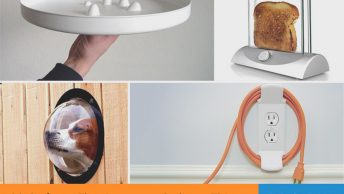


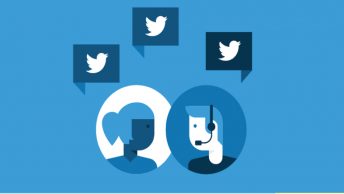

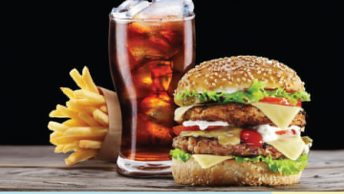
I like the tips. The one that always gets me is the checkout items. I’m just standing there waiting to pay for my groceries and I see “Someone’s pregnant, Read all about the wedding of the century, and Why did they break up” and I’m immediately drawn into the circle of intrigue 🙂 I’ll have to work on that!
Here’s some more helpful advice about how to force yourself to save money. It really helped me!
http://www.gobankingrates.com/savings-account/fool-yourself-into-saving-money/